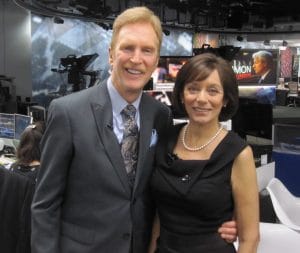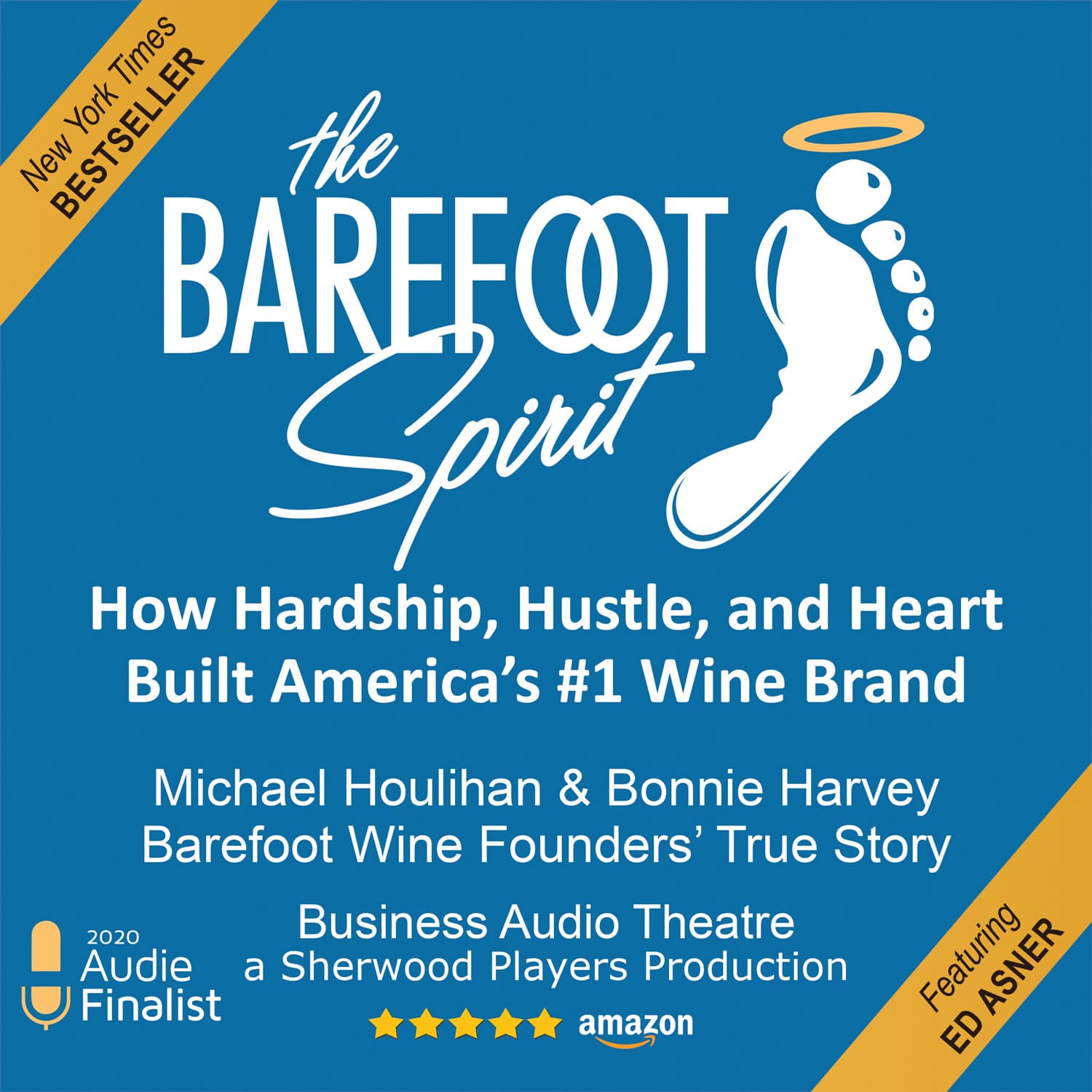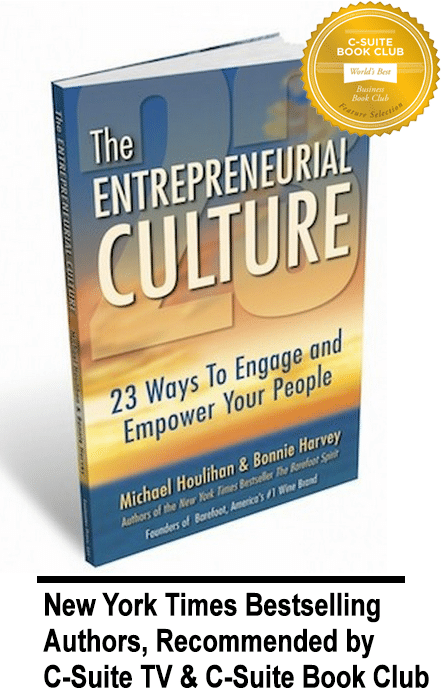
Last time we examined the first 5 selling seasons of the year: Martin Luther King, Jr. Day, Valentine’s Day/Presidents Day, St Patrick’s Day/Easter, Memorial Day, and Independence Day. Now let’s take a look at the remaining 4:
Labor Day – Starts the day after Independence Day and runs for 2 months. This is the “official” end of the summer and the beginning of back-to-school days. This is the last chance of the year to promote anything “summer” such as picnics, outdoor activities and summer vacations.
Halloween – This is another relatively long, 2-month plus selling season interrupted only by Columbus Day, which, although a Federal 3-day-weekend holiday, does not sport a “Columbus” theme with much popularity. Although Halloween is not a 3-day-weekend holiday, many Americans enjoy celebrating it, and the markets are decorated with the fall harvest color theme of gold, orange, brown and rusty red. Plus, there are the mandatory pumpkins and goblins.
Thanksgiving – The time between Halloween and Thanksgiving is just over 3 weeks. Now we are officially into “The Holidays.” With the addition of Veterans Day on November 11th which is also a Federal Holiday, the dominating theme during this period of time is family, food, and home. Discover how your product or service fits in, and how you can best present your offerings in a way that compliments these predominant themes.
Christmas-New Years – From Thanksgiving to New Years is about 5 weeks and the theme is holiday shopping, home, family and friends. Vacation time adventures, snow recreation, and year-end themes also abound. This is the most competitive time of the year for many businesses but a relatively slow time for others that rely on fair weather. Savvy consumer products marketers will have already pre-sold displays to retailers many months prior. They will be watching their inventory to replenish it when it depletes at every level including the supplier, manufacturer, distributor, and retailer warehouses. They will also be watching the retailers’ shelves for out-of-stocks. They will point out that retailers can order more without fear of over stock because they can sell off any unsold balances during the Valentine’s Day- MLK Day selling season starting January 2. This also is the last chance for brand builders to move product that will be counted in the total sales for the year. Those numbers will be critical in January when most buyers make all their buying decisions for what to keep and what to discontinue for the coming year.
The key to seasonal selling success is to look at the year in advance and decide how your products and services can work with the various holiday themes that already exist in the marketplace. Make plans sufficiently in advance so you can reserve the space, pricing and programming, and have all the celebratory materials designed, produced and delivered in ample time to take advantage of these seasonal opportunities.
Seasonal selling seasons are going on whether you jump on them or not, so get with the program and plan ahead!
Who We Are

Michael Houlihan and Bonnie Harvey co-authored the New York Times bestselling business book, The Barefoot Spirit: How Hardship, Hustle, and Heart Built America’s #1 Wine Brand. The book has been selected as recommended reading in the CEO Library for CEO Forum, the C-Suite Book Club, and numerous university classes on business and entrepreneurship. It chronicles their humble beginnings from the laundry room of a rented Sonoma County farmhouse to the board room of E&J Gallo, who ultimately acquired their brand and engaged them as brand consultants. Barefoot is now the world’s largest wine brand.
Beginning with virtually no money and no wine industry experience, they employed innovative ideas to overcome obstacles, create new markets and forge strategic alliances. They pioneered Worthy Cause Marketing and performance-based compensation. They built an internationally bestselling brand and received their industry’s “Hot Brand” award for several consecutive years.
They offer their Guiding Principles for Success (GPS) to help entrepreneurs become successful. Their book, The Entrepreneurial Culture: 23 Ways To Engage and Empower Your People, helps corporations maximize the value of their human resources.
Currently they travel the world leading workshops, trainings, & keynoting at business schools, corporations, conferences. They are regular media guests and contributors to international publications and professional journals. They are C-Suite Network Advisors & Contributing Editors. Visit their popular brand building site at www.consumerbrandbuilders.com.
To make inquiries for keynote speaking, trainings or consulting, please contact sales@thebarefootspirit.com.







